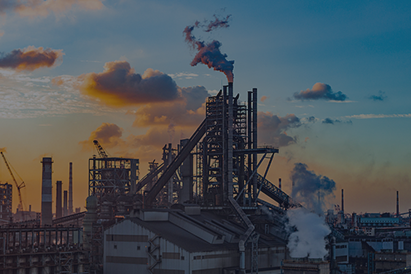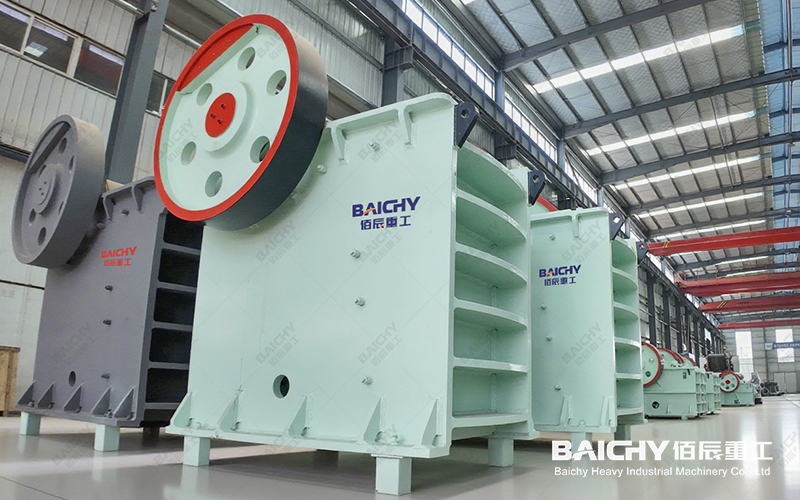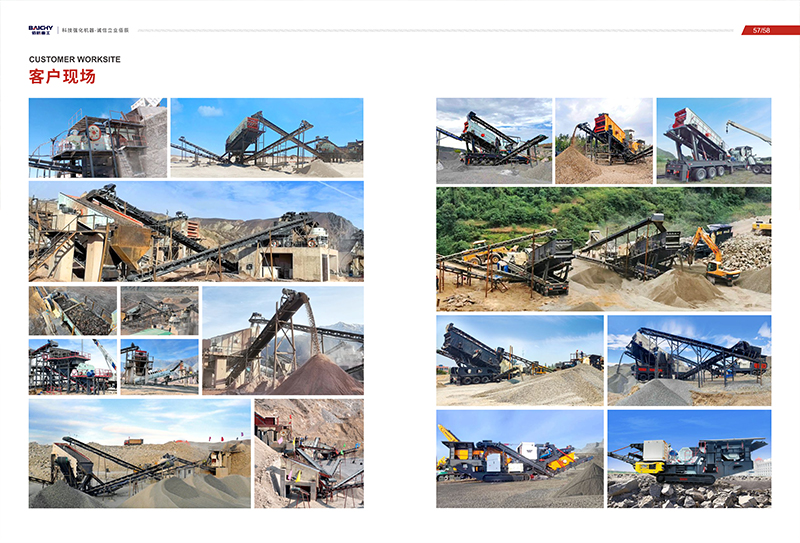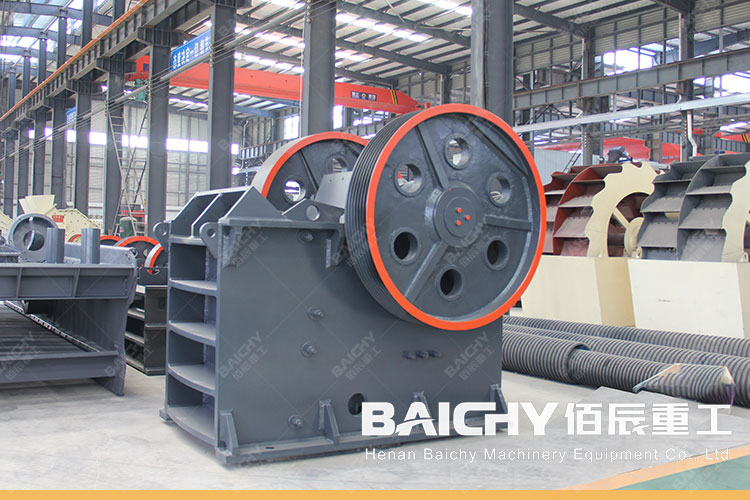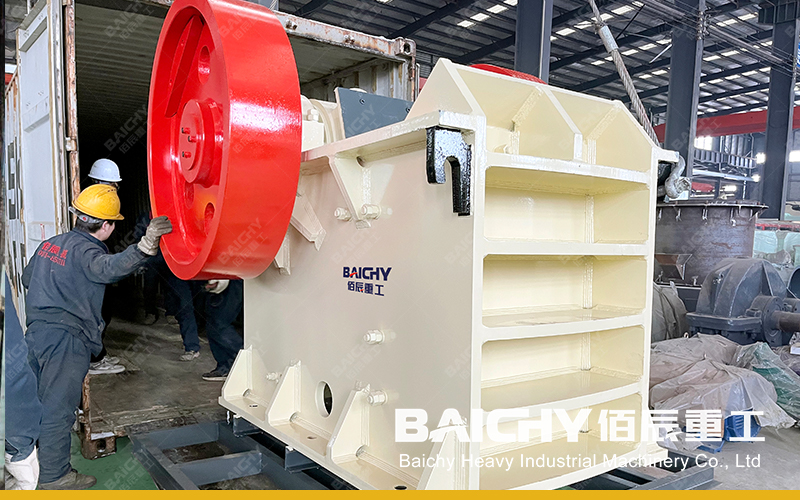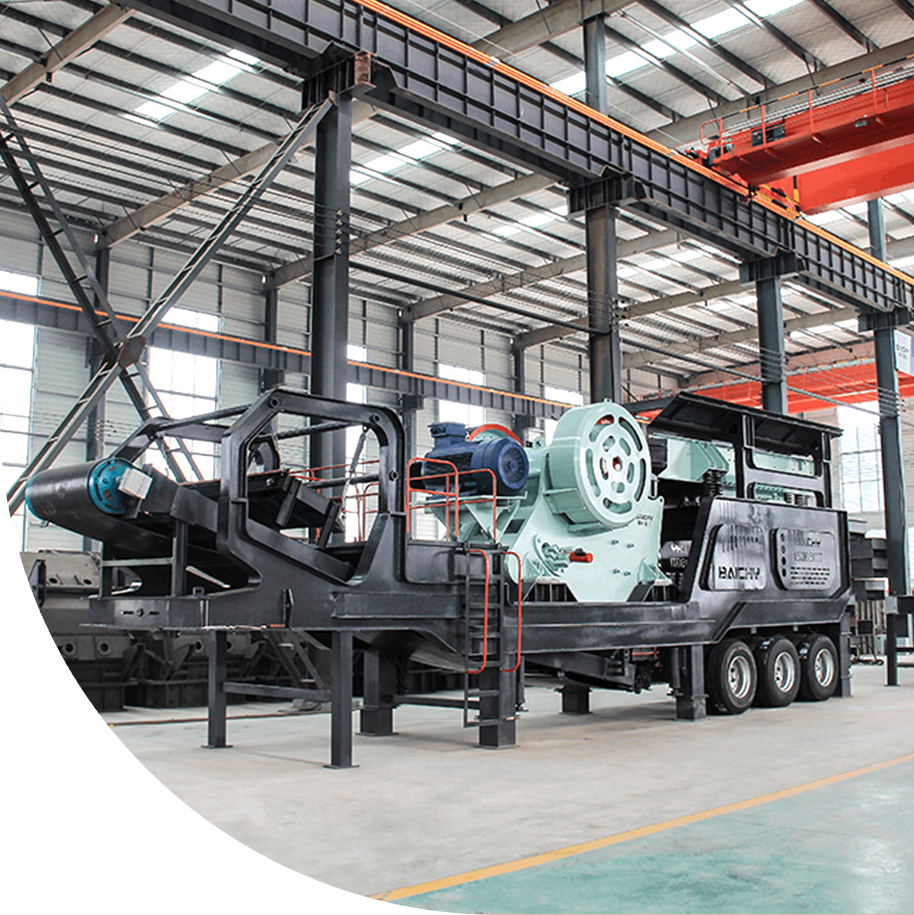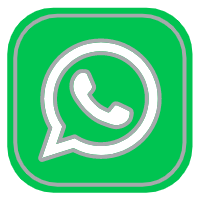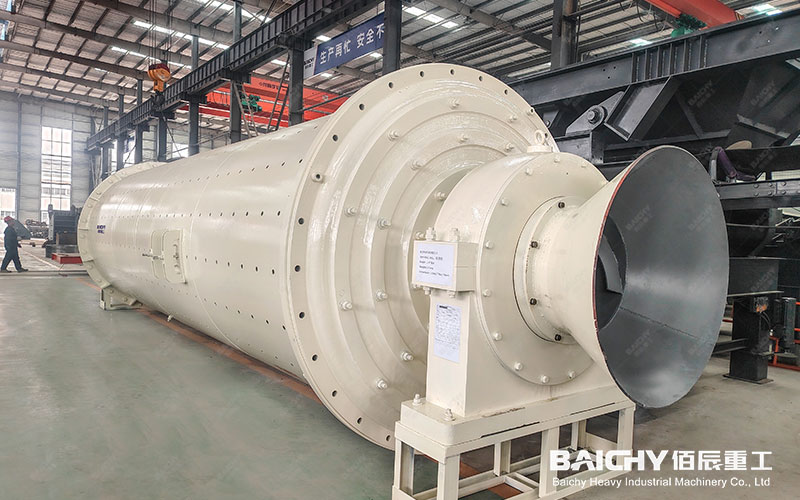
Ball mill is the core equipment of mining, cement, metallurgy and other industries. Its operating status directly affects production efficiency and cost. How to extend the life of ball mill through scientific maintenance? This article provides 10 key maintenance methods, covering daily maintenance, lubrication management, wear parts replacement and fault prevention, helping to increase the life of equipment by more than 30%!
Why is ball mill maintenance so important?
Ball mills are prone to gear wear, bearing damage, liner cracks and other problems when they are operated at high load for a long time, resulting in:
• Decreased production efficiency – Increased wear reduces grinding efficiency and increases energy consumption.
• Soaring maintenance costs – Sudden failures may lead to production stoppages, and replacement parts are expensive.
• Shortened equipment life – Lack of maintenance may reduce the life of ball mills by more than 50%.
Scientific maintenance can not only reduce downtime, but also significantly reduce operating costs!

10 key maintenance methods to significantly extend the life of ball mills
1. Regular lubrication management (key!)
• Lubrication point inspection : Check the oil level of key parts such as bearings, gears, and motors every week.
• Choose the right lubricant: Choose high-viscosity or high-temperature resistant grease (such as lithium-based grease) according to the working conditions.
• Avoid excessive or insufficient lubrication: Insufficient lubrication causes wear, while excessive lubrication may contaminate the material.
2. Regular inspection and replacement of liner and steel ball
• Liner wear monitoring: Check the liner thickness every 3 months, and replace it if the wear exceeds 30%.
• Steel ball ratio optimization: Regularly replenish steel balls to ensure grinding efficiency and avoid excessive wear of the liner.
3. Bearing temperature and vibration monitoring
Bearing temperature: Normally it should be lower than 70℃. Abnormal temperature rise may indicate poor lubrication or bearing damage.
Vibration detection: Use a vibration analyzer. Abnormal vibration may indicate a gear alignment problem.
4. Tighten bolts regularly to prevent loosening
• Key bolt inspection: Check liner bolts, bearing seat bolts, etc. monthly to prevent loosening and equipment damage.
5. Optimization of feeding and discharging system
• Avoid overload: Excessive feeding volume can easily lead to motor overload and affect life.
• Discharging screen maintenance: Clean regularly to prevent blockage and affect grinding efficiency.
6. Maintenance of motor and transmission system
• Belt tension check: Too loose will cause slipping, too tight will increase bearing load.
• Coupling alignment: Too large deviation can easily lead to bearing damage.
7. Cooling system inspection (applicable to large ball mills)
• Water cooling system maintenance: Ensure normal circulation of cooling water to prevent bearing overheating.
8. Regular shutdown for comprehensive inspection
• It is recommended to shut down for 1-2 days every 6 months for comprehensive inspection, lubrication, and replacement of wear parts.
9. Operator training
• Standard operation: Avoid improper operations such as frequent start and stop, overload operation, etc.
10. Establish maintenance record files
• Record each maintenance details (lubrication time, replacement parts, abnormal conditions) to facilitate fault prediction.
Common faults and quick solutions
| Fault phenomenon | Possible causes | Solutions |
| Bearing overheating | Insufficient lubrication, bearing damage | Check oil level, replace bearings |
| Abnormal noise | Gear wear, loose bolts | Tighten bolts, check gear meshing |
| Uneven discharge particle size | Insufficient steel balls, liner wear | Add steel balls, replace liner |
Scientific maintenance = longer life + lower cost
• Strictly implement lubrication plan - reduce 70% of bearing failures.
• Regularly check wear parts - avoid sudden downtime losses.
• Standard operation + training - extend equipment life by more than 30%.
Take action now! Follow this guide to develop a maintenance plan to make your ball mill run more efficiently and longer!



